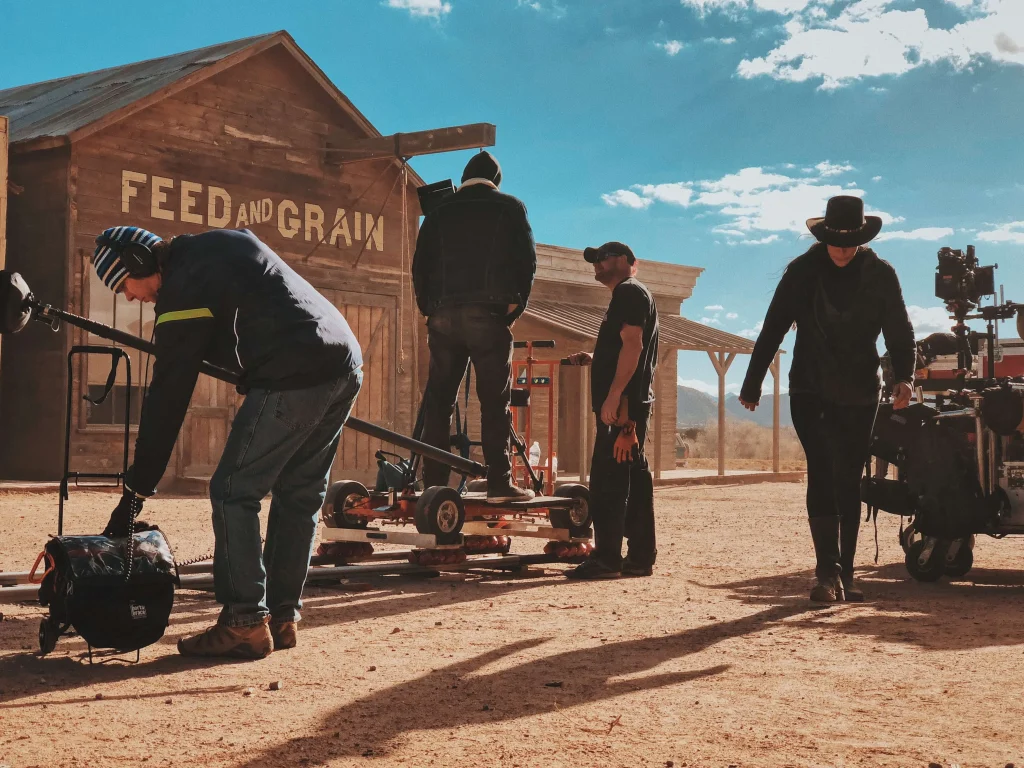Lighting is a crucial component of the filmmaking process. It can set the mood, establish a sense of time and place, and even influence the audience’s emotions. As a cinematographer, it’s your job to make sure the lighting in your film is top-notch. In this blog, we’ll discuss some lighting techniques and tips that will help you create a visually stunning film.
Know Your Equipment
Before you start lighting your set, it’s essential to know your equipment. Familiarize yourself with your lights, filters, and other gear so that you can make the most of them. Knowing your equipment will also help you troubleshoot any issues that arise on set.
Create a Lighting Plan
Creating a lighting plan is an essential part of the pre-production process. This plan should detail how you will light each scene, including the placement of lights, the type of lights you will use, and any filters or gels you will need. A lighting plan will help you stay organized and ensure that you have all the equipment you need before you begin shooting.
Use Natural Light When Possible
Using natural light can create a more realistic and natural look on camera. If possible, use natural light to light your scene, whether it’s through a window or outdoors. Of course, you’ll need to have additional lighting equipment on hand to control the natural light and supplement it as needed.
Think About Color Temperature
Color temperature is an essential consideration when lighting a scene. Different light sources have different color temperatures, which can affect the mood and tone of your film. For example, warm light (like the golden hour) can create a cozy and inviting atmosphere, while cool light can create a sense of unease or isolation.
Use Lighting to Create Depth
Lighting can be used to create depth and dimension in your shots. By lighting the foreground, middle ground, and background of your shot, you can create a sense of depth that draws the audience’s eye into the scene. You can also use lighting to highlight certain elements of the scene, such as props or background details.
Experiment with Shadows
Shadows can be used to create mood and atmosphere in your shots. By playing with the placement of lights and shadows, you can create a sense of tension, mystery, or danger. Just be careful not to go overboard with the shadows, as too much darkness can make it difficult for the audience to see what’s happening on screen.
Use Lighting to Create Contrast
Contrast is a powerful tool in cinematography. By lighting your subject and the background differently, you can create a stark contrast that draws the audience’s attention. For example, if you’re shooting a dark scene, you might use a spotlight on your subject to create a bright contrast that highlights their face.
Don’t Be Afraid to Break the Rules
While there are some basic lighting rules that you should follow, don’t be afraid to break them to achieve a particular effect. For example, you might use a high key lighting setup (where the scene is brightly lit with few shadows) to create a dreamy, ethereal atmosphere, even if it’s not entirely realistic.
In conclusion, lighting is an essential aspect of filmmaking that can make or break your film. By knowing your equipment, creating a lighting plan, using natural light when possible, thinking about color temperature, creating depth with lighting, experimenting with shadows, using lighting to create contrast, and breaking the rules when necessary, you can create visually stunning shots that will captivate your audience.
I hope that this tips & techniques will help you in created a great movie.

